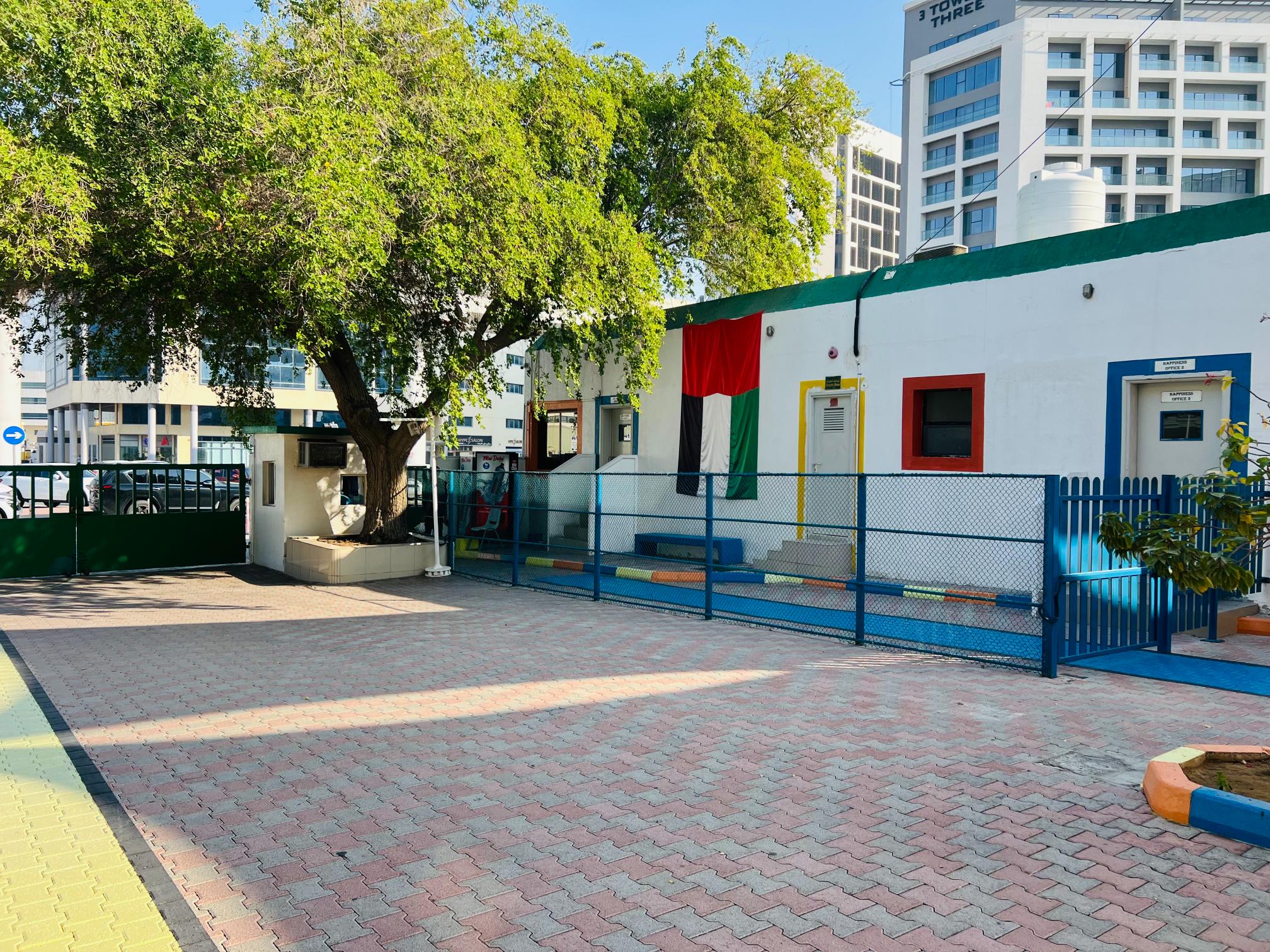Special Education Categories
Special Education Categories
The following categories of disabilities qualify a student to receive special education services at DIPS-G, if it can be documented that the disability adversely affects the child’s academic performance.
| Category | Definition |
|---|---|
| Specific Learning Disabilities | A specific learning disability means a disorder in one or more of the basic psychological processes involved in understanding or in using language spoken or written that may manifest itself in the imperfect ability to listen, think, speak, read, write, spell, or perform mathematical calculations and/or mathematical reasoning, including conditions such as perceptual disabilities, brain injury, minimal brain dysfunction, dyslexia, and developmental aphasia. The term does not include learning problems that are primarily the result of visual, hearing, or motor disabilities, of cognitive disability, of emotional disability, or of environmental, cultural, or economic disadvantage. |
| Physical & Health Related Disability | This means physical and health problems which are chronic or severe in a manner that they lead to poor and limited functionality and adversely affect the educational performance of the student such as: (asthma, attention deficit disorder with hyperactivity, diabetes, heart disease, epilepsy, leukaemia, cerebral palsy, renal failure, HIV, and head injuries etc). |
| Visual Impairment | Visual impairment means impairment in vision that, even with correction, adversely affects a child’s educational performance. The term visual impairment includes both partially sighted and blindness. |
| Hearing Impairment, including deafness | Hearing impairment including deafness means an impairment that, with or without amplification, adversely affects educational performance; may be permanent or fluctuating; may be so severe that the child is impaired in processing linguistic information through hearing, with or without amplification. |
| Speech and Language Disorders | Speech and language disorders means having a communication disorder such as stuttering, impaired articulation, language impairment, or a voice impairment that adversely affects a child’s educational performance. |
| Autism Spectrum Disorders | Autism Spectrum Disorders (ASD), also known as Pervasive Developmental Disorders (PDDs), cause severe and pervasive impairment in thinking, feeling, language, and the ability to relate to others. These disorders are usually first diagnosed in early childhood and range from a severe form, called Autistic Disorder, through Pervasive Development Disorder Not Otherwise Specified (PDD-NOS), to a much milder form, Asperger’s Disorder. They also include two rare disorders, Rett’s Disorder and Childhood Disintegrative Disorder |
| Emotional and Behavioral Disorders | An emotional and behavioral disorder means a condition exhibiting one or more of the following characteristics over a long period of time and to a marked degree that adversely affects a child’s educational performance: (a) an inability to learn that cannot be explained by intellectual, sensory, or health factors; (b) an inability to build or maintain satisfactory interpersonal relationships with peers and teachers; (c) inappropriate types of behavior or feelings under normal circumstances, (d) a general pervasive mood of unhappiness or depression, and (e) a tendency to develop physical symptoms or fears associated with personal or school problems. The term includes schizophrenia. The term does not apply to children who are socially maladjusted, unless it is determined that they have an emotional disturbance. |
| Gifted and Talented | Gifted and Talented refers to having outstanding ability, or a great deal of willingness in one or more areas of intelligence, or creativity, or academic achievement or special talents and abilities such as oratory, poetry, drawing, handicrafts, sports, drama, or leadership capacity. More often the performance of the talented or gifted student is so exceptional or advanced that they require special provisions to meet their educational needs in the general education classrooms with support from special education teachers and resource room teachers. |
English Language Learners (ELL)—
Particular care is given to students whose first language is not English. However, these students must not be regarded as having a learning difficulty solely because the language or form of language of their home is different from English, the language of instruction at DIPS-G. It is necessary, consequently, to assess their proficiency in English in Kindergarten, Elementary School, and Middle School years before planning any additional support that might be required. Teachers and specialists closely follow their progress across the curriculum to ascertain whether any problems that may arise are from a student’s developing command of English language or from special educational needs.




